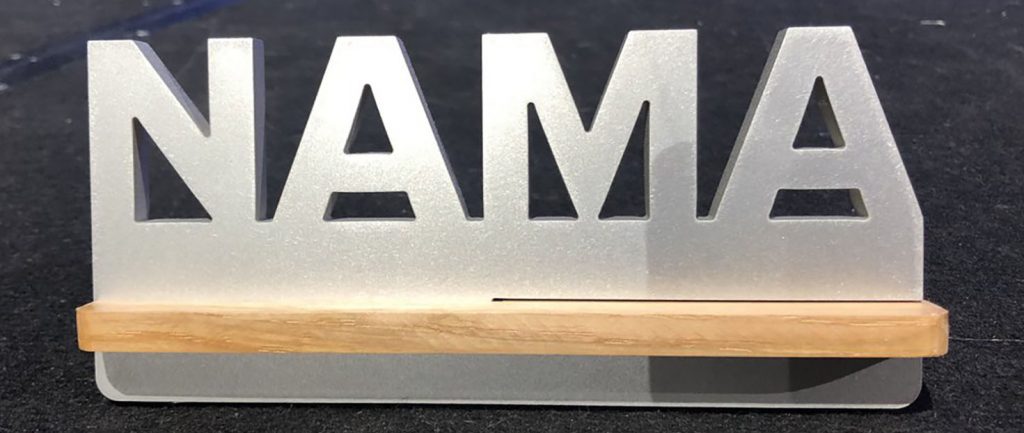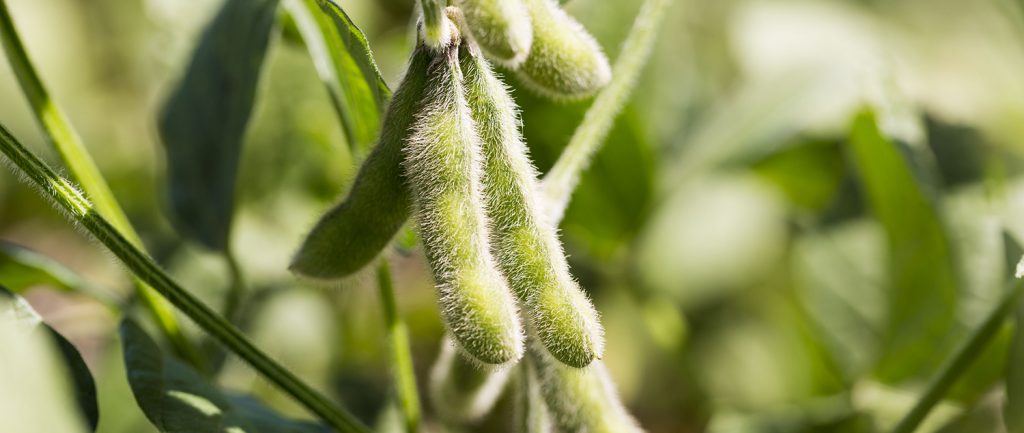This article appears in the May-June issue of Soybean Business Magazine. Click here to read the digital version.
Farmers don’t like scouting for aphids, and anyone that says they do is lying. At least that is how Phil Glogoza says he feels about the yield-robbing soybean aphid.
That’s why the University of Minnesota Extension Crops Educator and his colleagues have been pitching “speed scouting” as a way to encourage farmers to scout their fields.
“Understanding population dynamics of an insect is very helpful,” Glogoza says. “We talk about how soybean aphid populations develop, how temperatures affect the growth rate, how predators, parasites and infectious disease can disrupt that rate of growth, and if you watch how that progression occurs through scouting, a farmer and field man can learn to appreciate and understand those influences.”
Speed scouting, formally referred to as a binomial sequential sampling plan, was developed by UMN researchers and refers to two possible outcomes (binomial) on a randomly selected plant — infested or not infested. The sequential sampling aspect refers to the process of keeping track of what plants are and aren’t infested. That data should allow the person scouting to reasonably and quickly conclude whether or not to treat.
While those who disagree with speed scouting will quickly point out that its accuracy is 79 percent, Glogoza points out that often times farmers either don’t scout at all or rely on a trusted agronomist or other field hands to scout on their behalf. Furthermore, when Speed Scouting is incorrect, it recommends treatment before aphids are at a treatable density, which is a conservative error that most growers would be willing to accept.
“There is a potential bias when there is a financial incentive on the part of the person selling the pesticide,” Glogoza says. “There is a financial incentive on the farmer’s side, too, but that incentive may not always be the same. Unfortunately, risk averse farmers will be receptive to avoiding risk when any case is made that yield loss is possible.”
Glogoza says speed scouting not only allows farmers to have firsthand knowledge of their fields, it gives them an understanding of aphid pressure and whether a re-scout in three to four days is needed rather than prophylactic spraying.
UMN Assistant Professor & Extension Entomologist Robert Koch says speed scouting is about farmers getting in the field.
“Counting aphids and relating average numbers to the 250 per plant threshold may provide more detailed information,” Koch says. “However, if speed scouting is what it takes to get some folks scouting their beans for aphids and making better treatment decisions based on some estimate of aphid densities, then I think we all benefit by the resulting reduction in unnecessary pesticide applications.”
One such insecticide is pyrethroids, which are becoming less effective on some aphid populations. Koch encourages farmers who have experienced insecticide failures to switch up their practices.
“If a farmer experiences an insecticide failure in a field, they should rotate to another insecticide group for a follow-up application to that field,” he says.
“We really need to give nature and its natural controls an opportunity to work,” Glogoza says. “Predators, parasite and infectious diseases can begin to stabilize the pest population if given a chance.”
UMN has worked with Iowa State University, North Dakota State University and South Dakota State University to develop a multi-state fact sheet on insecticide resistance. View the fact sheet here.
For more information on speed scouting, visit University of Minnesota Extension.







